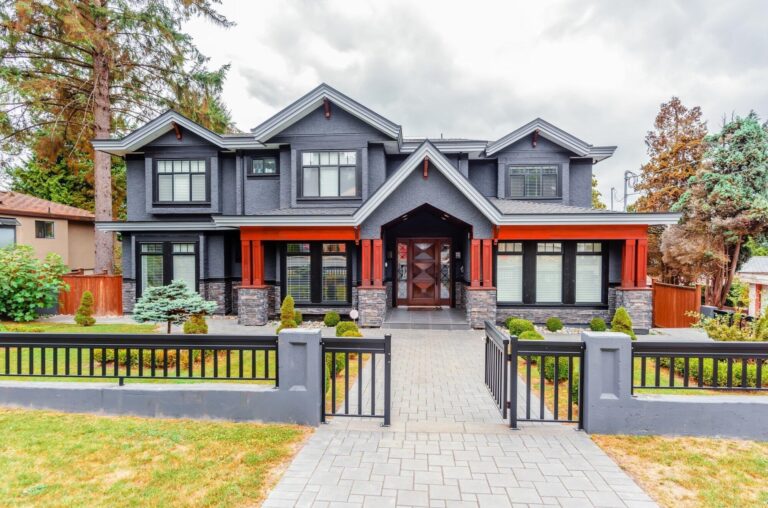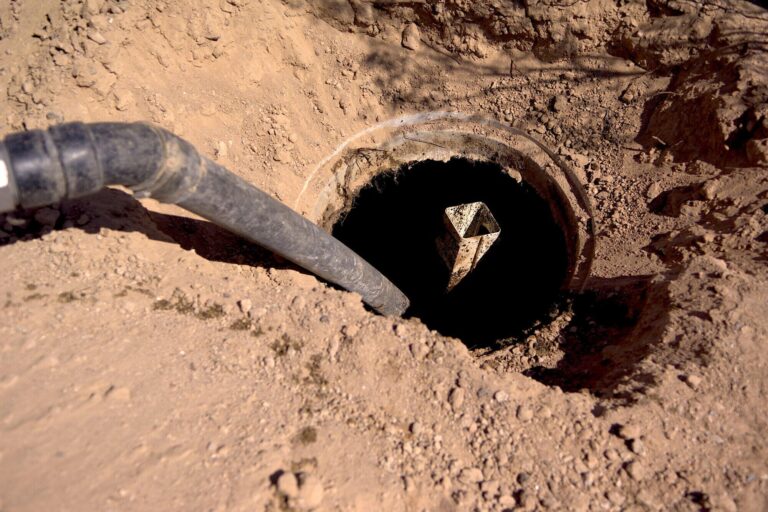Critical Considerations for Long-Lasting Roofing Systems
The roof is a critical part of any building as it provides protection and contributes to the facility’s structural integrity and energy efficiency. For commercial roofing projects, managers must select appropriate materials and ensure proper installation, which can be challenging. Homeowners must also understand these concepts to make informed decisions about roofing needs. The quality of materials and artistry used in roof construction significantly impacts its overall lifespan, affecting maintenance costs and the level of protection it offers against environmental factors.
Differentiating Roofing Materials and Their Lifespans
Choosing the suitable material for a roof is critical, whether for residential or commercial roofing. The material used can affect the longevity and performance of the roofing system. There are several materials available in the market, each with its advantages. Asphalt shingles, a common choice for residential and commercial roofing, offer a balance between cost and durability, generally lasting up to 20 years. Though initially expensive, metal roofing boasts longevity exceeding 50 years, making it a popular choice for commercial roofing requiring long-term durability. For people interested in eco-friendly options, materials like slate or tile provide a classic appearance and a lifespan of a century or more under good maintenance, making them an excellent choice for residential and commercial roofing.
The Significance of Workmanship in Roof Installation
Investing in high-quality roofing materials is a wise decision for both commercial and residential roofing, but it is only worthwhile if the installation process is done correctly. The quality of the installation dramatically influences a roof’s longevity. Experienced contractors ensure that roofing components are precisely fitted, adequately sealed, and installed in a way that takes into account the specific architectural details of the building. Poor installation can cause premature failure, leading to costly repairs or replacement.
Maintenance: The Key to Roof Longevity
Engaging in routine maintenance is analogous to visiting the doctor for a check-up—it’s about prevention and early identification of potential issues. This may include removing debris after storms, replacing damaged or worn shingles, and cleaning gutters and downspouts to prevent water buildup. Such measures sustain the roof’s aesthetic appeal and safeguard against degradation that can lead to significant structural damage. This ongoing process of monitoring the condition of a roof ensures that minor problems can be addressed swiftly before they escalate.
Climate Considerations for Roof Selection
The local environment plays an indispensable role in selecting a suitable roof. Harsh winters call for sturdy roofs that can withstand accumulated snow and ice without faltering. At the same time, hot and sunny climates may warrant investing in reflective roofing materials to combat the heat and keep buildings more relaxed. Coastal areas might require storm-resistant roofing systems to endure battering winds and saline environments. Extensive data available through resources such as the National Association of Certified Home Inspectors can help gauge the interaction between climate and material degradation, offering guidance for a roofing choice that will most effectively resist the local weather conditions.
The True Cost of Roofing: Upfront versus Long-Term Expenses
There’s a direct relationship between the initial cost of roofing materials and their longevity, and it is tempting to choose less expensive options to reduce immediate expenditure. However, when viewed through the lens of the roof’s lifecycle, pricier materials can be more cost-effective due to their longer lifespans and reduced maintenance requirements. This makes them a smart long-term financial move; for instance, energy-efficient roofing options might carry a higher initial price tag but can result in significant savings on utility bills over time.
Understanding Warranties and What They Cover
Manufacturers use warranties to offer consumer protection and showcase confidence in their products. These warranties can vary in length from limited to lifetime, so it’s essential to review their terms and comprehend what is covered. It can include protection against manufacturing defects or cover labor costs for repairs.
Environmental Sustainability in Roofing Choices
With the increasing global emphasis on environmental stewardship, the roofing industry is still catching up with producing sustainable and energy-efficient materials. From recycled-content shingles to solar-integrated roofing systems, these eco-friendly alternatives contribute to the long-term sustainability of a building and the well-being of the planet. They are gaining traction among consumers who prize their roofing choices’ functional and economic benefits and environmental impact.
Did you find this article helpful? Check out the rest of our blog.







